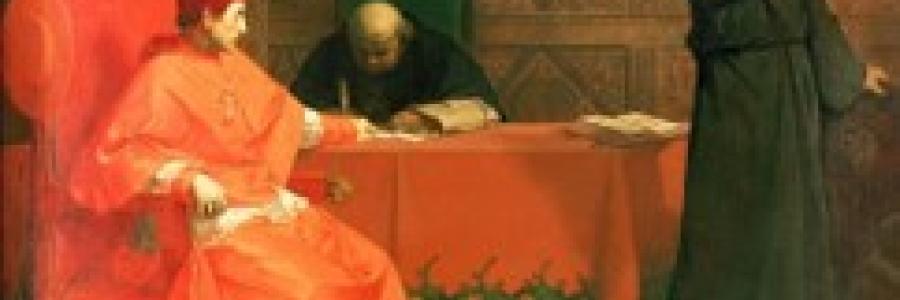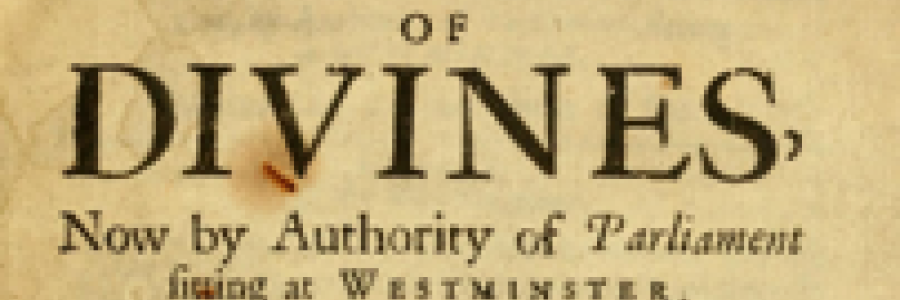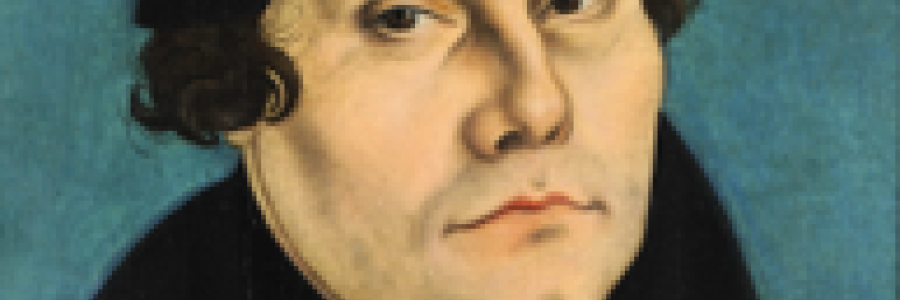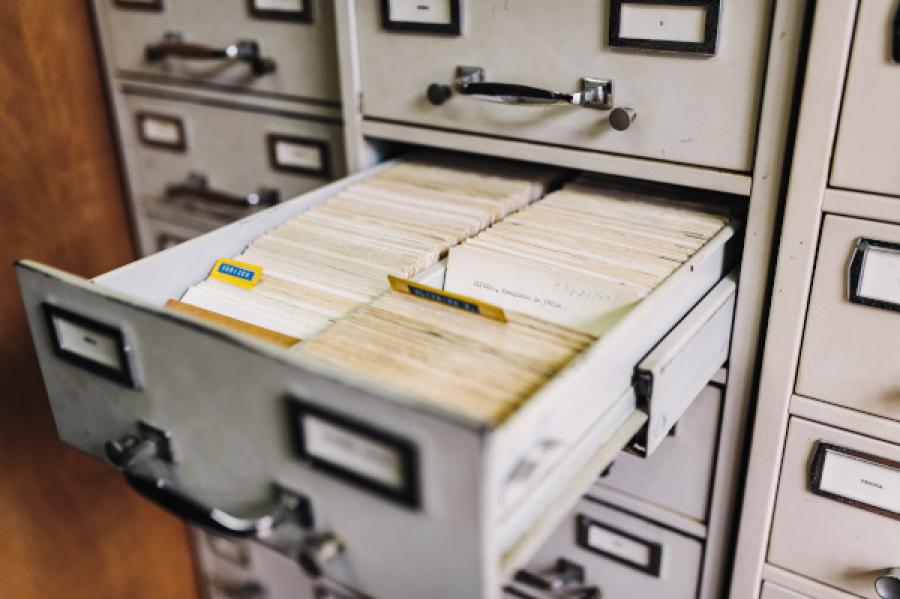Luther Meets Cardinal Cajetan
This article originally ran in October 2017.
After Luther published his 95 theses, inviting debate on the abuse of indulgences, things began to move rapidly in Wittenberg. Phillip Schaff, the grand church historian, sums up the course of events during the following year:1










Discussion